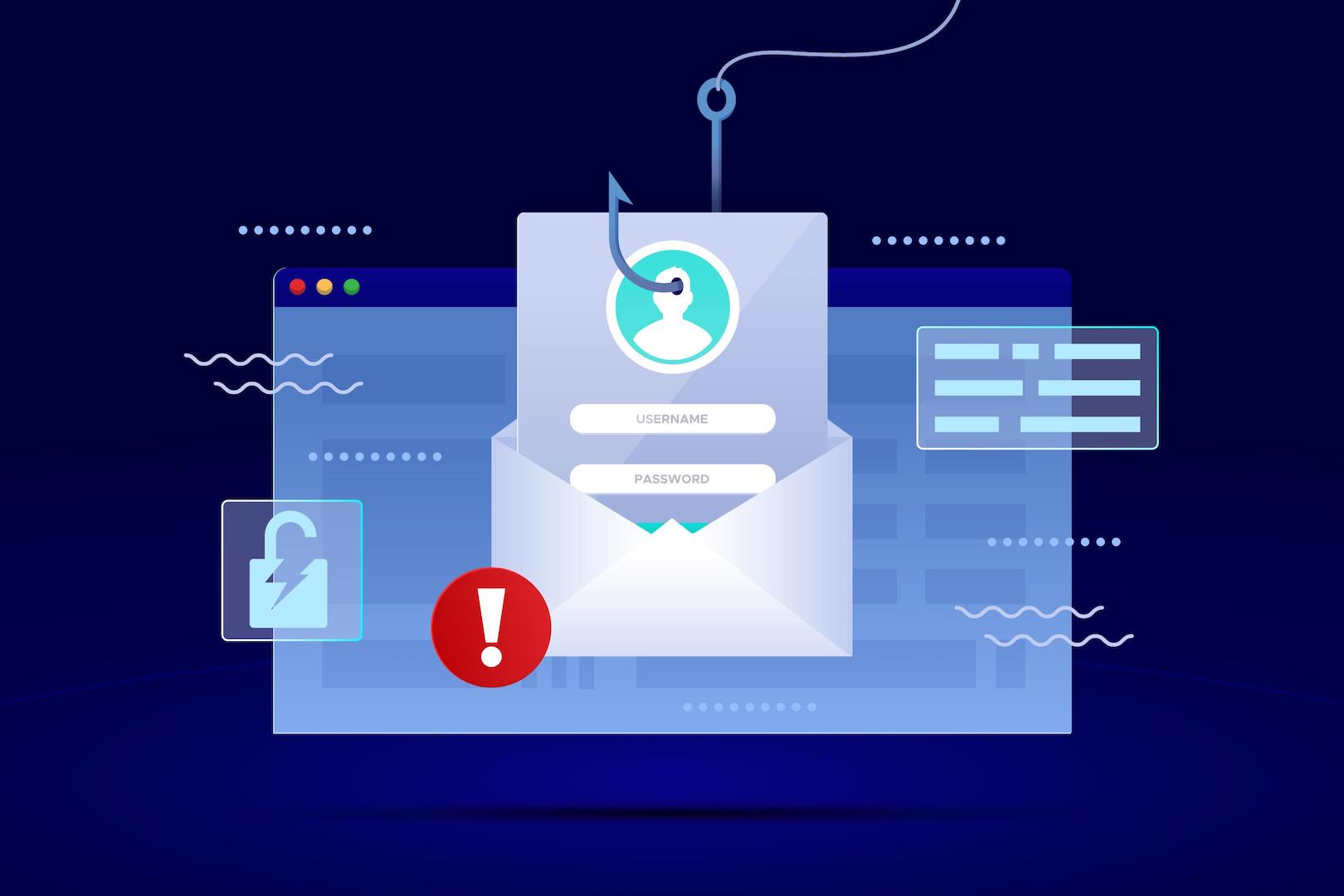The “blue screen of death” – or BSOD – is the popular term given to the error that appears when Windows shuts down unexpectedly. If you have been using the Windows PC on daily basis then there are high chances that you might have come across the BSOD error. The error screen is a very basic blue background with some technical information shown in a simple white text. This information is meaningless to the end users who don’t know much about the technicality of Windows and its troubleshooting.
The BSOD is a defense mechanism that prevents any damage to core operating system files of Windows by shutting down its essential functions. Usually, it is a result of a hardware failure, sometimes its also appears by a driver issue, and can be fixed by simply restarting your computer will make it go away.
But if you keep seeing the BSOD error then you should take this very seriously and dig more about the error code you get. The technical information shown on the BSOD page needs to be analyzed so that the cause of the problem can be identified. Instead of scanning through Windows error logs for clues, you can consider trying the BlueScreenView, which pulls together all the information you need into an easy to read the report.
Related Download: BlueScreenView
Troubleshoot Blue Screen of Death Errors
Step-by-Step Instructions:
- BlueScreenView is a portable application and requires no installation. All you need is its executable file, and this can be run whenever you want to analyze your recent BSOD errors.
- Extract the contents of the ZIP archive to a safe location on your computer. To run BlueScreenView, simply double-click the BlueScreenView.exe file.
- When BlueScreenView launches, it scans the known locations for minidump files (this varies between each version of Windows) and displays the results in the main panel of the interface. Each entry shows the date of the BSOD crash to help you distinguish it. Click any of the entries in the list for more information.
- The currently highlighted item contains additional data at the lower panel of the interface. This includes the filenames that were involved in the BSOD crash – these could be a system, DLL or executable files – and the memory addresses where the failure occurred. All of this is extremely useful when you are trying to determine the cause of a recurring BSOD.
- Double click any of the files in the lower panel to view a properties table for it. This drills right down to the Bug Check String and Code and individual parameters that caused the failure. You can also view the Product Name, Company and File Version here.
- Now that you have this information, you can use it to see if anyone else has experienced the same issue just by entering the name of the file into Google and searching for other bug reports.
- If are not getting any results, you can send the information to the manufacturer or the Microsoft support team to analyze the issue.












